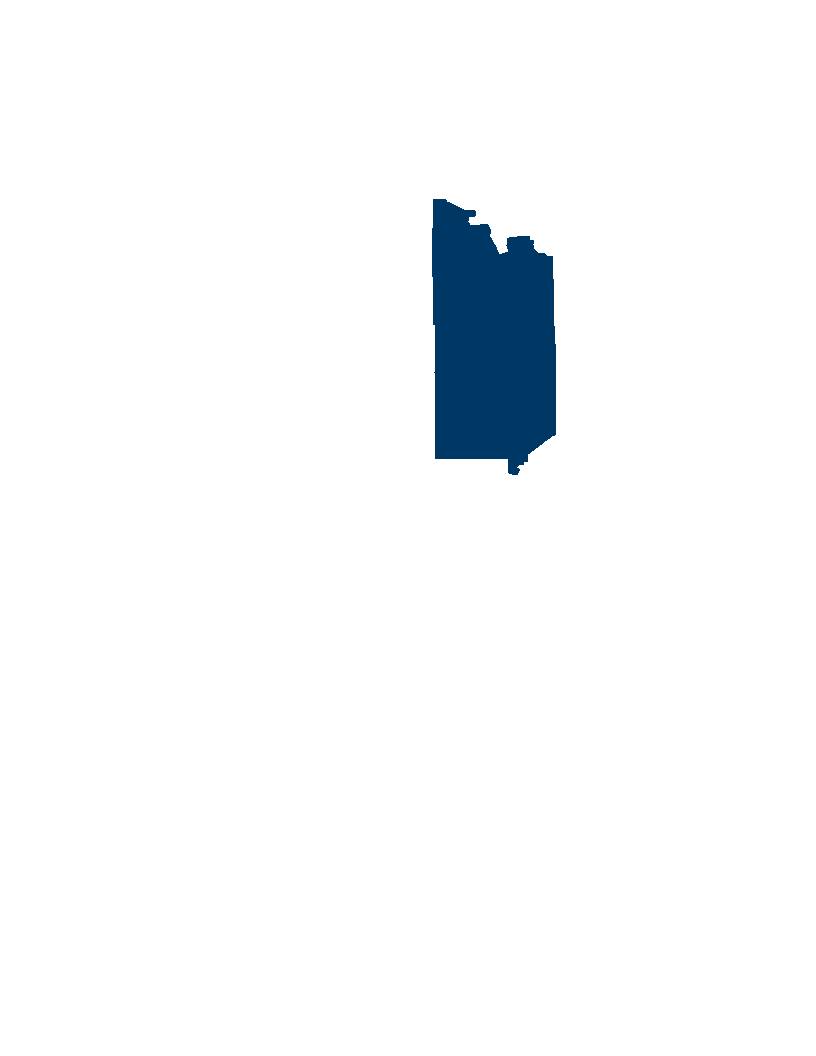DNR Aquatic Habitat Restoration and Enhancement
This DNR Aquatic Habitat appropriation used a programmatic approach to achieve prioritized aquatic habitat restoration, and enhancement of lakes and streams across all the LSOHC planning regions. Two stream restoration projects totaling 23 acres were completed with this appropriation. Also, habitat enhancement projects were completed on 43 Aquatic Management Areas, totaling 849 acres. Stream habitat work for this appropriation and LSOHC-funded projects from other appropriations was aided by funding for a stream restoration coordinator and interns. These positions aided in public outreach, survey work, design, permitting, contracting, and coordination with project partners on these complex projects
Stream projects were prioritized based on the DNR's Stream habitat Priority List, where projects were ranked based on a number of criteria surrounding support and outcomes. This appropriation funded two stream projects, both of which involved multiple external partners. Individual project details are outlined below.
Miller Creek Stream Restoration: Miller Creek is a designated trout stream that is located within the city limits of Duluth that was ditched in the 1930's. This project highlights an urban project that was successful in restoring 6100 feet of Miller Creek. This project restored the geomorphic stability of the stream by reconnecting the floodplain and remeandering the stream to a stable channel. This project also enhanced riparian corridors and buffers, improved fish habitat diversity, and addressed the bed and bank erosion. In addition, the project team was able to expand the project to include an important tributary to Miller Creek. This project will provide improved habitat, stability and water quality to the associated tributary and Miller Creek. Funding for the larger overall project of Miller Creek and the tributary has come from various sources USFS ($115,000) and NOAA ($95,000).
North Fork of the Zumbro River Stream Restoration: The North form of the Zumbro River was historically dammed near the City of Mazeppa. This damming disconnected the stream and altered the stream channel. This project was successful in restoring 3710 feet of the Zumbro River to a more stable form that is connected to the floodplain. Additionally, this project was able to address the dam remnants that were affecting the river stability, address the high unstable banks and improve instream habitat diversity. This project improved habitat for at least 28 species of fish documented downstream of where the dam was located. Fish will have easier accessibly to 40 miles upstream of the dam location.
AMA Enhancement: This appropriation includes funding for personnel tasked with assessing habitat needs on Aquatic Management Areas (AMAs), writing management guidance documents that outline projects, and overseeing project implementation. AMA Specialists completed 6 new site assessments, bringing the total number of AMAs assessed since June 2014 to 247. To date, 170 Management Guidance Documents have been completed. An additional 28 Management Guidance Documents are in various stages of review. Staff also planned or oversaw enhancement projects on 43 AMAs, totaling 849 acres.
The Restoration Coordinator has worked on project development for future projects, coordinated project meetings, been involved in design, written grant agreements, processed reimbursements, tracked budgets, and prioritized projects for funding. Additionally, the Restoration Coordinator hired and managed to interns to advance the culvert inventory and prioritization work. The Restoration Coordinator has developed the Natural Resources Specialist position and held interviews.
This past year the interns have completed the Crow Wing watershed culvert inventory. They also were able to get a portion of the Zumbro watershed completed too.
$2,834,000 the second year is to the commissioner of natural resources to restore and enhance aquatic habitat in degraded streams and aquatic management areas and to facilitate fish passage. A list of proposed land restorations and enhancements must be provided as part of the required accomplishment plan.
There are 68 species of greatest conservation need that utilize headwaters to large streams, including birds, turtles, frogs, fish, and insects. Stream habitat projects are not designed with one species in mind, but instead are intended to benefit multiple functions and habitats of the river both within the stream and in the riparian area, which will have benefits for rare species.
US Fish and Wildlife Service and NOAA




















